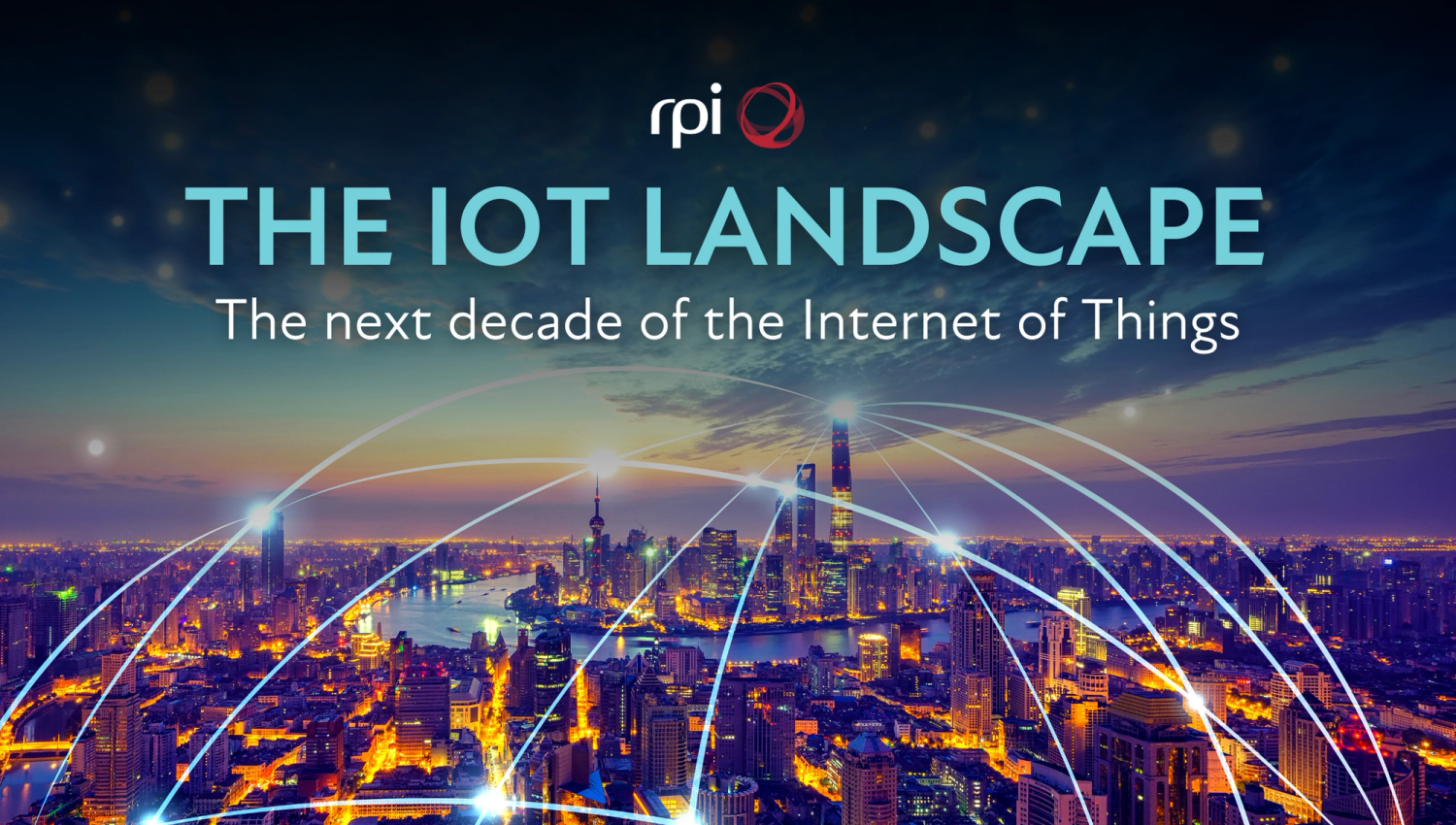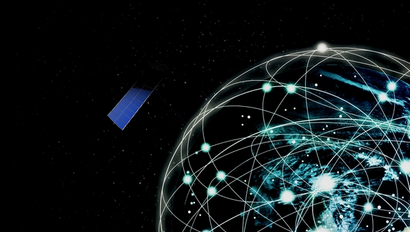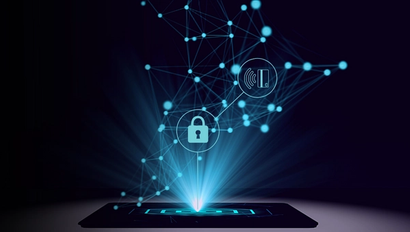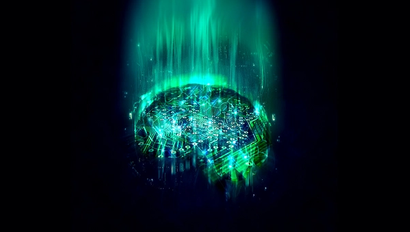As it stands, there are over 13 billion IoT-connected devices in the world. We’re looking at an increase of over 2 billion every year from now, which would put the number over 35 billion by 2033. That’s a lot of ‘things’ to connect and a lot of data to pass between them.
Here’s your guide to the IoT landscape over the next decade.
How will IoT feature in our lives, our towns, and our economy?
Just as the internet comes into contact with just about every aspect of our lives, most likely so will the internet of things. The data economy is well-established, and technology that makes information richer, more available, and more immediate will be embraced by governments, businesses, and the public.
Greentech
The Paris Agreement pledges net zero emissions by 2050, and over 70 countries have committed to it. IoT plays a major role in the Greentech that will be crucial to hitting that target. It enables and accelerates much of the technology that reduces emissions, provides clean power, and monitors environmental data.
In renewable energy, IoT reports the data of green power sources, allowing adjustments and improvements to output and efficiency. Those adjustments can also be made remotely, meaning when operation is sub-optimal, less time passes before it’s fixed.
Smart grids can distribute and store energy according to the balance of supply and demand, minimising waste and preventing disruption.
In agriculture, IoT can automate irrigation and fertilisation, and track weather conditions, crop status, and livestock movement and health.
Domestically, smart thermostats efficiently heat homes and water. A smart power system can charge an electric car, but equally can draw power from the vehicle if it can be put to more efficient use in the house.
Transport
Transport-related IoT is expected to be worth $500 billion by 2030.
Starting with cars, the global investment in autonomous vehicles has well exceeded $200 billion already. A self-driving car will have numerous IoT devices within it, not only communicating with the car’s own software, but also with public infrastructure and other vehicles.
Even without self-driving capabilities, car manufacturers will be very interested in components that communicate their condition and operating efficiency.
For public transport, IoT technology could track and report the performance and conditions of train tracks, aircraft parts, and road surfaces. Connected trains, buses, and trams can provide more detailed, accurate and timely service and journey information to passengers.
Healthcare
By 2019, 86% of healthcare organisations were already using IoT devices, and the IoT healthcare market is expected to be worth the best part of a trillion dollars by 2032.
Wearable devices could report real-time health data to healthcare professionals, enabling swifter and more precise interventions.
Smart drug dispensers could provide timely, safely tailored doses based on health data from patients’ devices.
Long-term and preventative medicine will be armed with a wealth of long-term data to reveal trends and warning signs.
Sport and Leisure
In 2021, midfielder Kevin de Bruyne negotiated an over 30% pay rise from Manchester City by presenting performance data and projections of future playing statistics. Successes like that will only increase the demand for precise and rich analysis from players, coaches, and team owners in all sports.IoT will make that data very easy to come by.
Devices around the field, court, track and even in clothing will report extensive performance metrics, like acceleration, speed, agility, accuracy, power, positioning, and even biomechanics.
The challenges and opportunities of IoT
The opportunity
By 2025, there will likely be about 73.1 Zettabytes (73.1 trillion gigabytes) of data generated by IoT devices. There’s a huge and growing territory to claim, and those who do will get to provide the best experiences and connections. With 20x speeds of 4G, 5G will take IoT adoption to critical mass. Where will 6G take it?
Proactivity will be key. Don’t wait for demand — create it. By driving innovation in IoT tech, a business will automatically claim market share.
The challenges
Security is a major concern. Smartwatches, roads, vehicles, trains, and health devices present a lot of new ‘surface area’ for cyber attacks, and society will become increasingly dependent on interdependent devices, where disruption could be devastating.
There could be a lot of scepticism before acceptance and adoption, especially around privacy and human rights. IoT- and AI-driven technology like facial recognition raises many questions about human rights, discrimination, and the enhanced ability of regimes to surveil and monitor citizens.
Finally, supporting and processing all of that data will demand huge energy capacity. Not only will that be expensive, it will but it will also come under governmental and media scrutiny. However, IoT’s greentech contribution should more than offset the power demand that it creates.
How to seize the IoT opportunity
Businesses need to fill their company with leaders and experts with commercial vision, creativity, and technical aptitude. It will come as no surprise that that talent is a rare and in constant, insatiable demand. To secure it, you need a partner with a wide network and deep technology heritage — contact RPI today.



